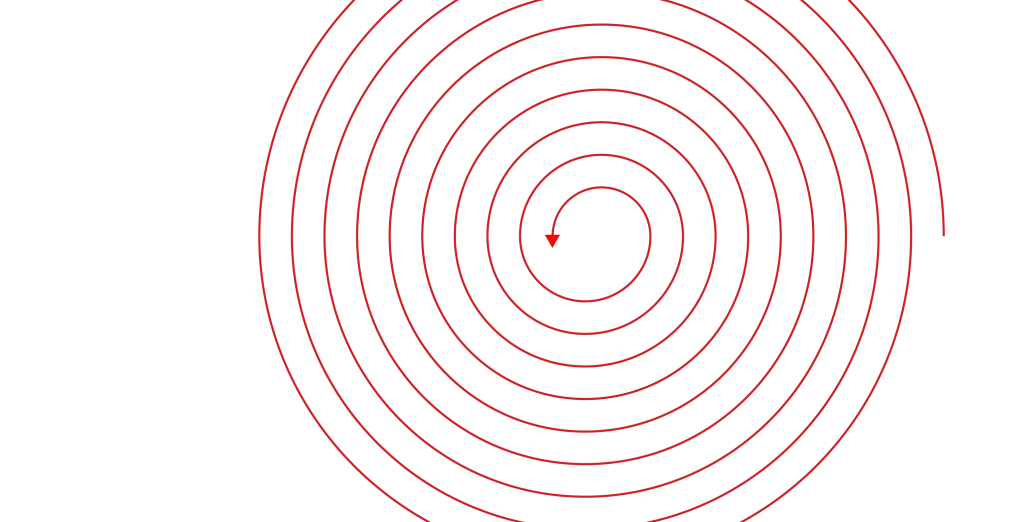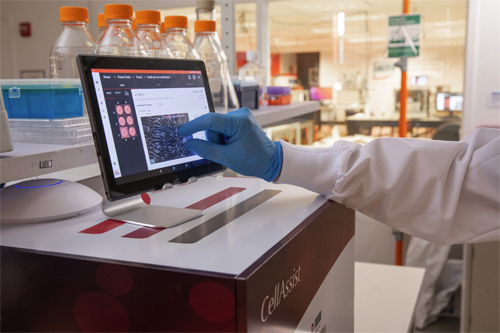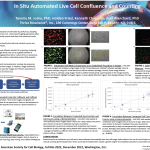
Scope of the crisis
Concern over the rigor and reproducibility of biomedical research has raised concerns in recent years across academic and industry laboratories, biomedical journals, and government funding agencies. Numerous cases have been reported in which initial, promising results with a candidate drug could not be repeated in other labs.
The CellAssist brings new capabilities for reproducible cell, tissue, and suspension culture
Cell, tissue, and suspension culture has remained a largely manual process with inadequate tools for improving quantification and documentation. Fortunately, the CellAssist instrument provides many of the capabilities needed to improve rigor and reproducibility of cell, tissue and suspension culture and cell-based assays.

Technical Note – Variability in Cell Confluency: Comparison of Human and CellAssist Assessments

Poster – In Situ Automated Live Cell Confluence and Counting

Video – Image Differently – A Solution For Live Cell Imaging
Title:
Comparative Analysis of Co-Cultured Amniotic Cell-Conditioned Media with Cell-Free Amniotic Fluid Reveals Differential Effects on Epithelial-Mesenchymal Transition and Myofibroblast Activation
Authors:
Sam Fagg, et al
Published:
biomedicines by MDPI
Quote:
“Myofibroblast activation is a cellular response elicited by a variety of physiological or pathological insults whereby cells initiate a coordinated response intended to eradicate the insult and then revert back to a basal state. However, an underlying theme in various disease states is persistent myofibroblast activation that fails to resolve.”
Title:
Refresh cell culture
Authors:
Editors of Nature Biomedical Engineering
Published:
Nature Biomedical Engineering, August 2021
Quote:
“Biomedical research needs upgraded standards for the monitoring, control and reporting of the environmental conditions of cells in culture.”
Title:
A prevalent neglect of environmental control in mammalian cell culture calls for best practices
Authors:
Shannon G. Klein, et al
Published:
Nature Biomedical Engineering, August 2021
Quote:
“Biomedical research needs upgraded standards for the monitoring, control and reporting of the environmental conditions of cells in culture.”
Title:
Good Science Needs Good Cells: Thrive Bioscience
Authors:
Published:
Silicon Review, August 2020
Quote:
“As a result of customers having the CellAssist, when an experiment does not work as planned, a researcher can now review all of their cells and processes and understand why. This is key to good science. Because good science needs good cells.”
Title:
The costs of using unauthenticated, over-passaged cell lines: How much more data do we need?
Authors:
Peyton Hughes, Damian Marshall, Yvonne Reid, Helen Parkes & Cohava Gelber
Published:
BioTechniques, November 2007
Quote:
“Based on submissions to major cell repositories in the last decade, it is estimated that between 18% and 36% of cell lines may be contaminated or misidentified.”
Title:
Fixing problems with cell lines
Authors:
Leonard P. Freedman, Iain M. Cockburn, Timothy S. Simcoe
Published:
Science, December 19th, 2014
Quote:
“Despite the important role of cell, tissue and suspension culture in the study of biology and medicine, evidence has accumulated that cell lines are frequently misidentified or contaminated by other cells or microorganisms.”
“Analyses of a variety of tissue culture collections and cells sent to repositories for curation and storage from labs in the United States, Europe, and Asia suggest that at least 15% of cell lines are misidentified or contaminated (4, 5).”
Title:
The Economics of Reproducibility in Preclinical Research
Authors:
Jon R. Lorsch, Francis S. Collins, Jennifer Lippincott-Schwartz
Published:
PLOS Biology, June 5, 2015
Quote:
“The history of cell lines used in biomedical research is riddled with misidentification and cross-contamination events [29], which have been estimated to range from 15% to 36% [30].”
“Lifesaving therapies are being delayed, research budgets face increasing pressure, and drug development and treatment costs are rising. Improving reproducibility remains a critical cornerstone to solving each of these challenges.”
Title:
In cancer science, many “discoveries” don’t hold up
Authors:
Sharon Begley
Published:
Reuters, March 28, 2012
Quote:
Title:
Imaging in Developmental Biology: An Essential Tool with No Instructions
Authors:
Guillermo Marques, Thomas Pengo, and Mark A. Sanders
Published:
Journal of Biomolecular Techniques, December 2019
Quote: